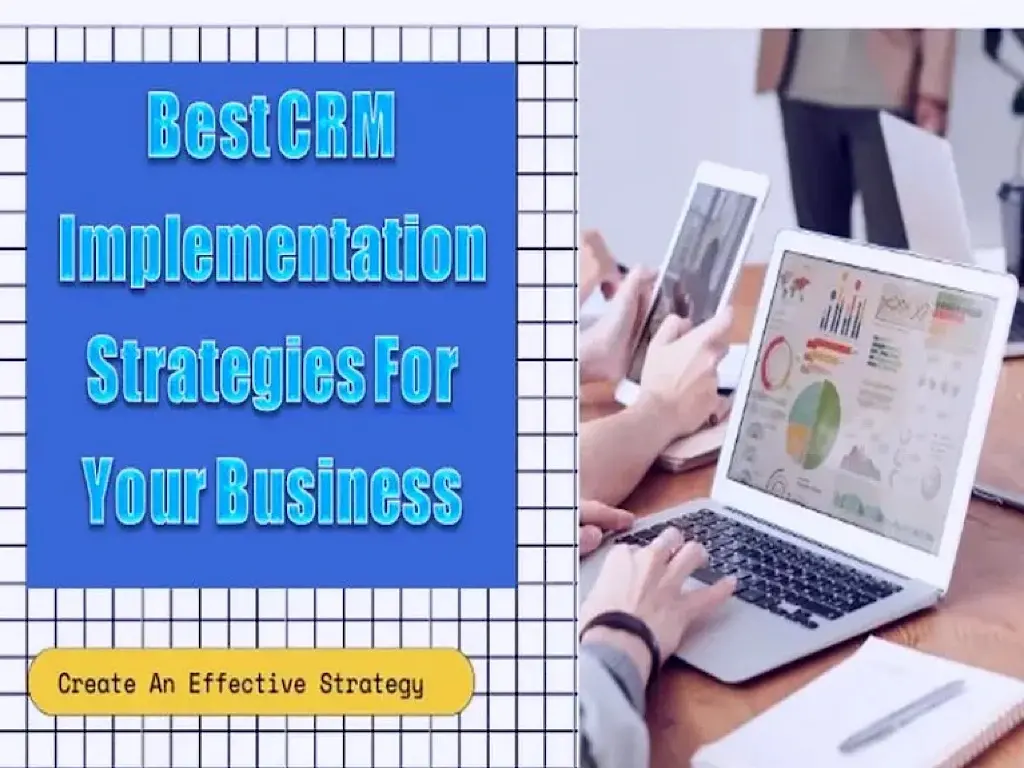Best CRM Implementation Strategies for Small Businesses: Best CRM Implementation Strategies For Small Business Owners
Best CRM implementation strategies for small business owners – Implementing a CRM system can significantly boost a small business’s efficiency and profitability. However, a successful implementation requires careful planning and execution. This guide Artikels key strategies to ensure a smooth transition and maximize the CRM’s benefits.
Planning & Preparation
A phased approach is crucial for successful CRM implementation in small businesses. This allows for gradual adaptation and minimizes disruption to existing workflows. Starting small and scaling up as the team gains familiarity with the system is a key component of a phased approach.
- Evaluating Existing Processes: A detailed checklist helps identify pain points and inefficiencies in current processes. This includes analyzing customer interactions, sales pipelines, and communication channels. Assess current data storage methods and identify potential redundancies or inconsistencies.
- Defining CRM Goals & Objectives: Clearly defined goals provide a roadmap for the implementation. Examples include increasing sales conversion rates, improving customer retention, or streamlining the sales process. Quantifiable metrics, such as a 15% increase in sales within six months, are essential for measuring success.
- Budget & Timeline: A realistic budget, considering software costs, implementation fees, training, and potential data migration, should be meticulously planned. A detailed timeline with milestones and deadlines ensures the project stays on track.
- Stakeholder Communication: Keeping stakeholders informed throughout the process is vital. This involves regular updates, clear communication channels, and addressing any concerns proactively. Involve key personnel in the decision-making process.
- CRM Software Options: Research and compare potential CRM software options, considering features, pricing models, scalability, and integrations. Evaluate the user interface and ease of use. Look for platforms compatible with your existing systems.
Selecting the Right CRM, Best CRM implementation strategies for small business owners

Source: infotohow.com
Choosing the right CRM system is paramount for a successful implementation. Consider factors like scalability, ease of use, and integration with existing systems.
- Key Factors: Consider the business’s specific needs and future growth. A system that can adapt to changing requirements is essential. Ease of use and intuitive interface are vital for user adoption. Evaluate features like contact management, sales tracking, and reporting.
- Comparison of CRM Software: Evaluate different CRM platforms based on their features, scalability, and pricing models. Analyze the cost-effectiveness and value proposition of each system. Consider the vendor’s reputation and customer support.
- User-Friendliness & Integration: A user-friendly CRM is crucial for adoption. Assess the system’s ability to integrate with existing software, such as accounting or email platforms. Consider the learning curve and the support resources available.
- Long-Term Strategy Alignment: The chosen CRM should align with the business’s long-term growth strategy. Its scalability and flexibility should allow for future expansion and evolving needs.
| CRM Name | Feature 1 (e.g., Contact Management) | Feature 2 (e.g., Sales Tracking) | Feature 3 (e.g., Reporting) |
|---|---|---|---|
| Salesforce | Extensive contact details, segmentation | Pipeline management, deal tracking | Customizable dashboards, detailed reports |
| Zoho CRM | Comprehensive contact management | Sales forecasting, lead nurturing | Interactive reports, real-time data |
| HubSpot CRM | Free tier with basic features | Sales pipeline visualization | Marketing automation integration |
Data Migration & Integration

Source: raziru.com
Migrating data from existing systems to the new CRM is a critical step. Data quality is essential for accurate reporting and analysis.
- Data Migration Process: A structured plan for data migration is necessary. This involves data extraction, cleansing, transformation, and loading into the new CRM. Consider using migration tools for efficiency.
- Data Cleansing & Validation: Ensure data accuracy and completeness before migration. This involves validating data formats, correcting errors, and removing duplicates. Thorough data cleansing is vital for reliable CRM data.
- Integration with Other Applications: Integrating the CRM with other essential business applications (accounting software, email marketing platforms) ensures a streamlined workflow. API integrations are crucial for seamless data flow.
- Potential Risks & Mitigation: Data loss, inconsistencies, and integration errors are potential risks. Thorough testing, backup procedures, and contingency plans are essential to mitigate these risks.
| Step | Description | Potential Challenges | Solutions |
|---|---|---|---|
| Data Extraction | Gathering data from existing systems | Data inconsistencies, incomplete records | Data validation checks, data cleaning tools |
| Data Cleansing | Improving data quality | Identifying errors, handling duplicates | Data validation rules, data scrubbing tools |
Question Bank
What are some common pitfalls in choosing a CRM system?
Choosing a CRM without considering your specific business needs, overlooking user-friendliness, and failing to account for potential integration challenges are common pitfalls. It’s also crucial to consider the system’s scalability to accommodate future growth.
How can I ensure staff adoption of the new CRM system?
Comprehensive training, ongoing support, and clear communication about the benefits of the CRM are essential. Creating a culture of CRM adoption, emphasizing the value of the system, and offering ongoing mentorship programs will also improve the chances of successful staff adoption.
What are the most important KPIs to track after CRM implementation?
Key performance indicators (KPIs) should include sales conversion rates, customer retention rates, customer service response times, and sales cycle length. Monitoring these metrics will help identify areas for improvement and demonstrate the return on investment.